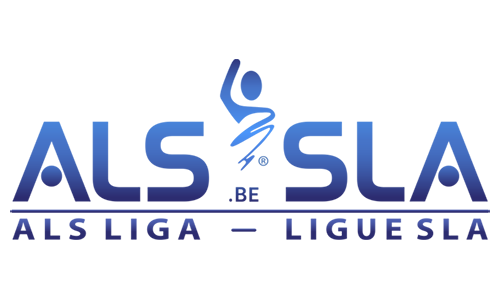C36 Relevance of the therapeutic agent CuATSM to sporadic ALS
27-11-2019
MNDA SYMPOSIUM PERTH DEC19 PRESENTATIONS
Session 4 CuATSM
Australia
Background: The copper-containing compound CuATSM has proven to be one of the most extensively studied and validated putative therapeutic options for ALS; it is effective in five different mutant SOD1 mouse models of ALS and it is the only compound to be independently validated by the ALSTDI. However, compounds developed and tested solely in mutant SOD1 mice have a poor track record for successful clinical translation, raising the issue of whether positive outcomes in these mice are a reasonable indicator for potential clinical efficacy.
Objectives: To determine the extent to which the therapeutic activity of CuATSM in mutant SOD1 mice may be relevant to human ALS, particularly sporadic cases of the disease.
Methods: CNS tissue from sporadic ALS cases and matched controls (N=11–19) was assessed for biochemical and molecular features implicated as important targets of CuATSM in mutant SOD1 mice and in cell culture models.
Results: We report that endogenous copper distribution and the copper-dependent activity of diverse cuproenzymes is extensively disrupted in CNS tissue from sporadic cases of ALS and that in the mutant SOD1 mice these features are direct targets of CuATSM. Further to this, we also show that some of the cellular consequences of decreased copper homeostasis in sporadic ALS, when modelled in culture, result in neuronal death, and that this can be mitigated by treating with CuATSM.
Discussion and conclusions: A rapidly increasing body of work supports the potential for CuATSM as an effective treatment option for ALS. While most of these data come from experiments using mutant SOD1 mice, evidences for the neuroprotective activity of copper-ATSM in non-SOD1 models of neurodegeneration do already exist. Together with the new data we present for CuATSM-related phenomena being legitimate therapeutic targets in human CNS tissue from sporadic cases of ALS, we propose the therapeutic potential for this compound extends to all forms of ALS and also other neurodegenerative disorders.
Source: Abstract Book symposium Perth


